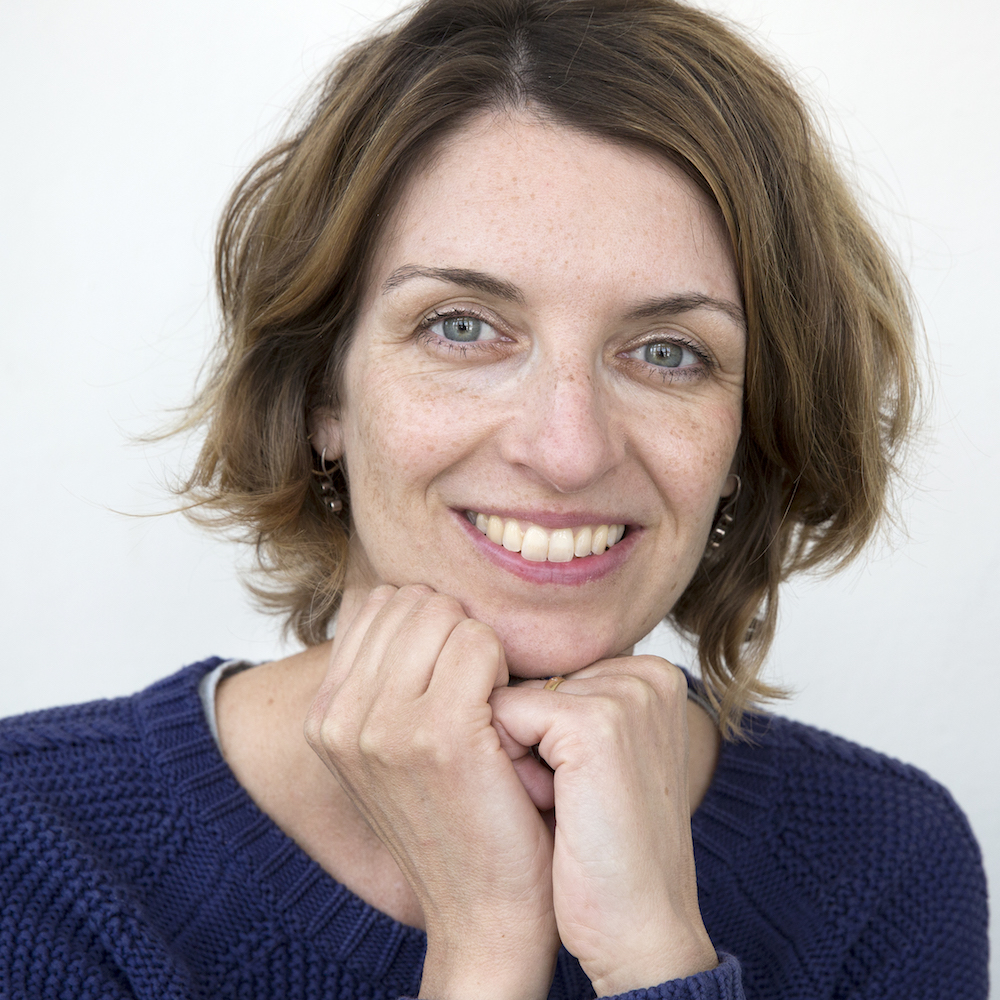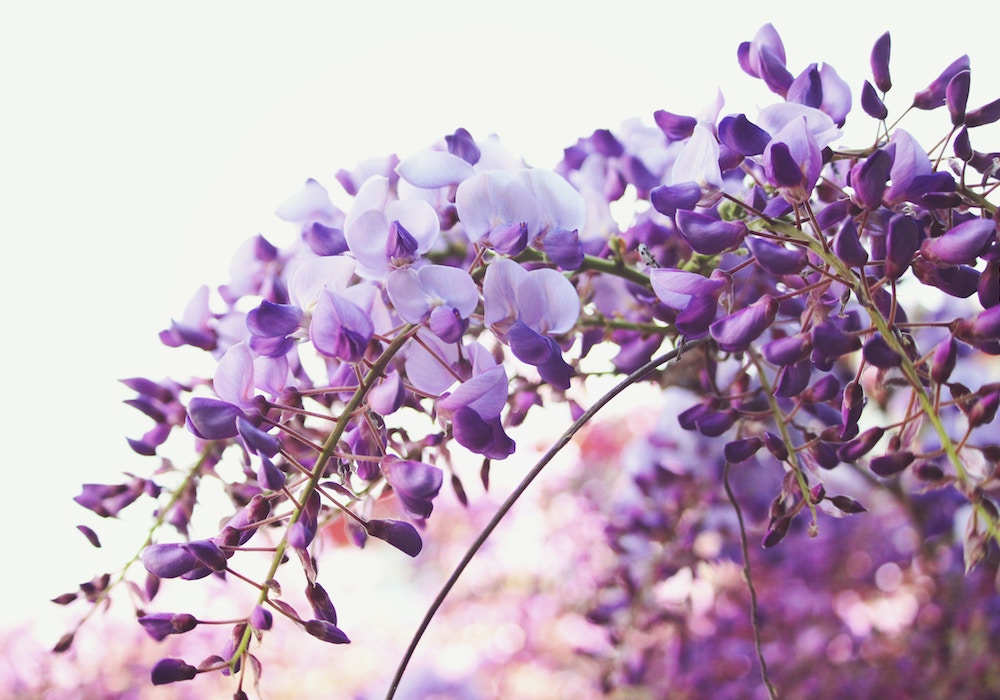Michele Hutchison’s translation of an excerpt of Jeroen Janssen’s Abadaringi appears in the July 2017 issue: Divided Countries.
Last year WWB asked me to edit a feature on Flemish literature.
When putting it together I considered various graphic novels but could only pick one for reasons of space. Flanders has a vibrant comics scene with a great deal of striking artistic talent—take for example Eisner-shortlisted Brecht Evens whose work I have co-translated with Laura Watkinson. In the end, I chose a graphic novel by Michaël Olbrechts because of its humorous couleur locale. It typified rural Flemish life and family relationships and fit with the “Human Psychology” theme I’d landed upon.
Oogachtend (Evens’s publisher) had also sent me two books by Jeroen Janssen, which didn’t fit the theme of the issue but certainly stood out. Doel (2013) was a documentary account of the slow decline of a small community on the northern border of the country. Abadaringi (2016) was a diaristic impression of the author’s return to Rwanda, a country he’d taught in until war broke out in 1994. At Frankfurt I managed to grab a copy from the Flemish stand and hold it under Susan Harris’s nose. Luckily she thought it perfect for Divided Countries.
Graphic journalism or “reportage drawing” is by no means a new genre. It is not even a modern genre. As the recent book Explorers Sketchbooks: The Art of Discovery and Adventure demonstrates, sketching and taking notes as Janssen does has long been the way of producing eyewitness accounts. Photography came in its wake, of course, but the embedded artist, or chroniquer, is regaining in popularity, as Dutch comics expert Joost Pollmann writes on his website dedicated to comics journalism.
Publications such as The Guardian, Süddendeutsche Zeitung, De Morgen, Internationale, Knack, and the French XXI, which has commissioned work from Jeroen Janssen before, regularly publish this type of graphic art. But it is important to draw a distinction between this and the graphic memoir, another increasingly popular subgenre. While the graphic memoir offers a subjective and sometimes slightly fictionalized account of reality, graphic journalism aims for the greatest accuracy, right down to the smallest, and often significant, visual details. Janssen says himself that he always writes down quotes and checks sources with the thoroughness of a more traditional print reporter.
Janssen’s own influences include Canadian Guy Delisle (see in particular Jerusalem) and German Olivier Kugler and perhaps the most famous proponent of the form, American-Maltese Joe Sacco, who has reported on Palestine, Israel, and Bosnia. But while Sacco works in a studio, Janssen believes in creating his work live on the ground. This gives it immediacy and spontaneity. Another crucial element is for the text to be handwritten rather than printed, in the style of an explorer’s sketchbook.
Translating graphic works without text boxes or speech bubbles is clearly easier than translating those with them, since they impose space restrictions, which means you have to count each word and rephrase things to save space. But while Jeroen’s pages are fairly text-heavy there is plenty of space and the primary consideration for me was to convey the tone as accurately as possible. A minor matter was checking the correct English spellings of African words. I had a few context-related questions that the author cleared up without any trouble. It was, however, time-consuming for the artist to reletter the texts in translation so I believe he played just as great a part in the production of this English text as I did. Let’s hope it will catch the eye of an English or American publisher.











